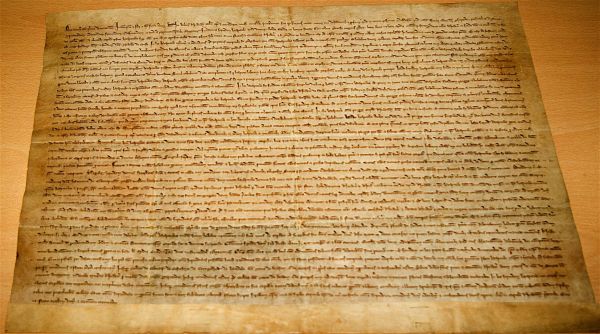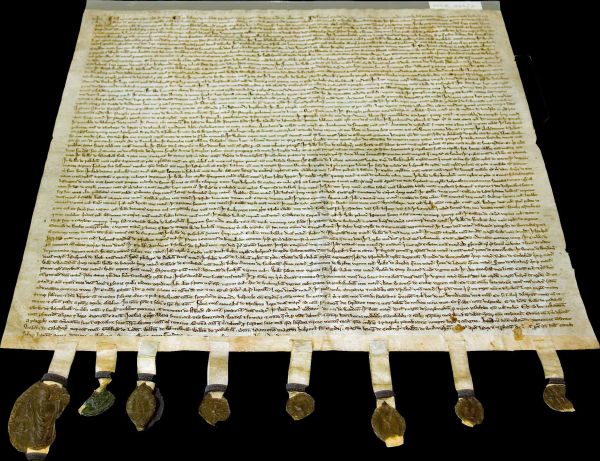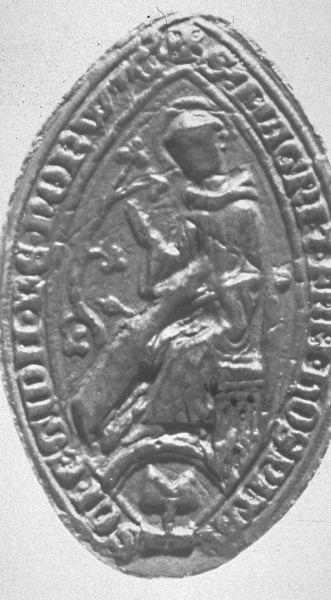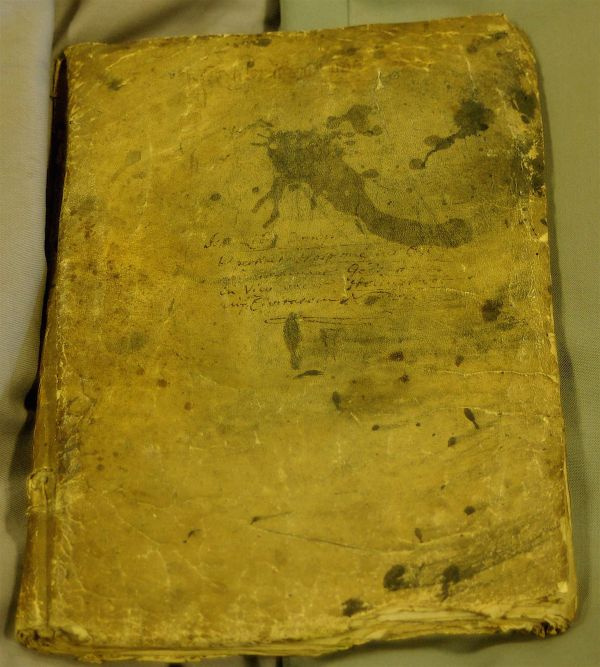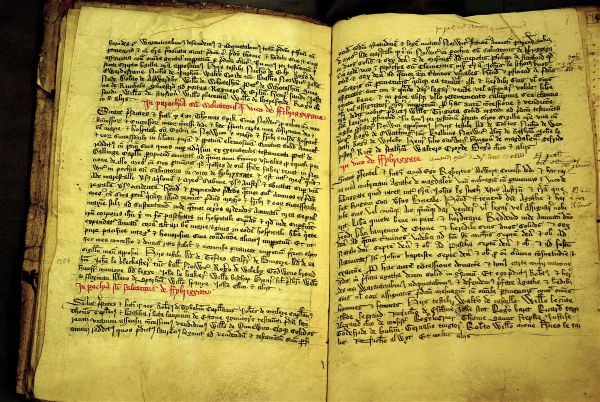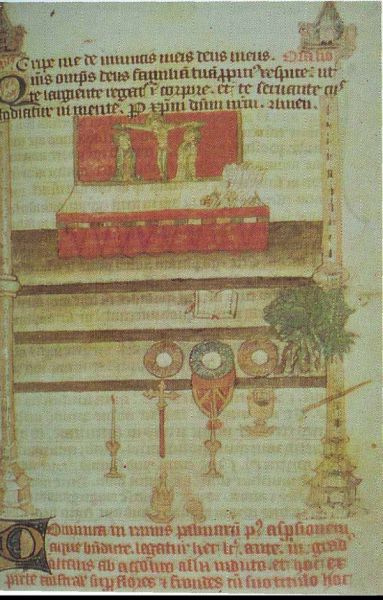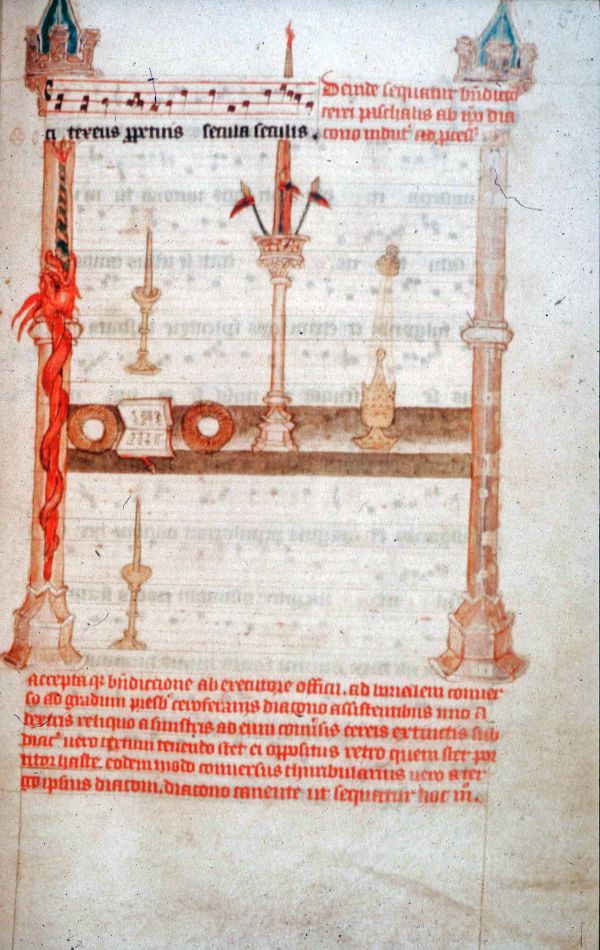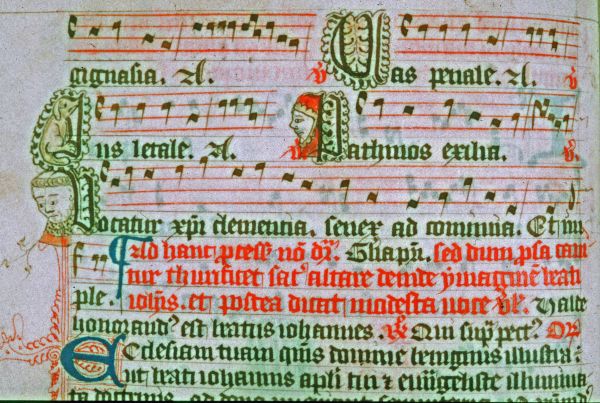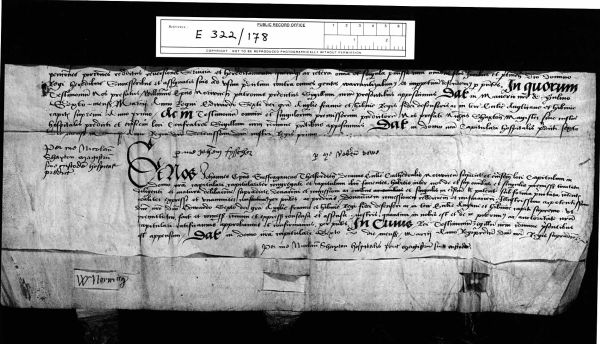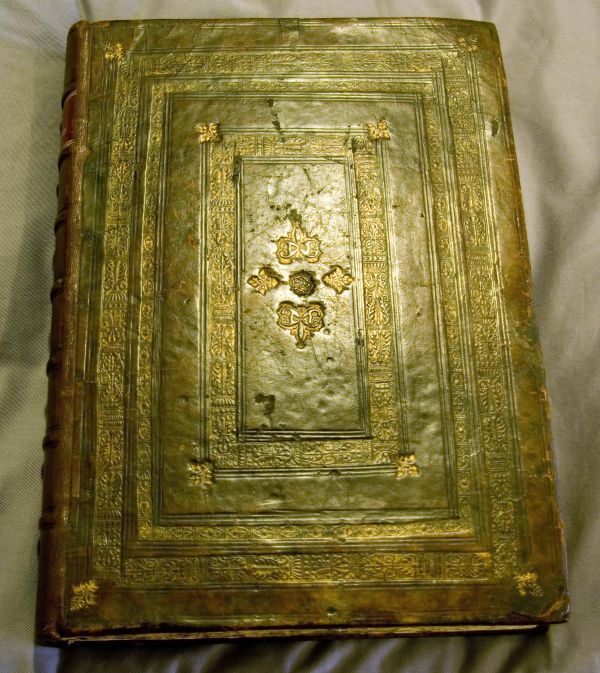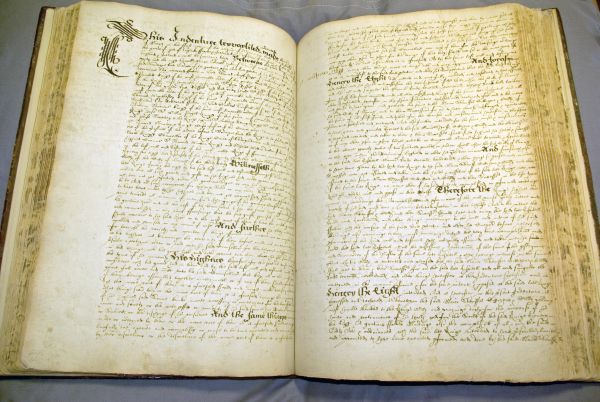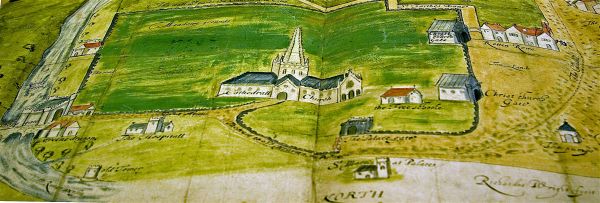 Resources
Resources
Documents
Documents
- Introduction
- Instructions
- Can I view the foundation charter?
- What does Bishop Suffield's will look like?
- Can I see the seals in closer detail?
- What does the hospital seal look like?
- Can I view the Liber Domus Dei?
- What does the processional look like?
- Can I see the last part of the formal deed of surrender?
- Can I see the refoundation charter?
- See hospital account, 1548-9
- Can I see the map of Norwich?
Translations
Images
Further Reading
Introduction
This part of the site is designed to guide you through the medieval and later documents of the Great Hospital. Here you will find images of the foundation charter, Bishop Suffield's will (and close-ups of the seals), the hospital's seal, the Liber Domus Dei, the processional, the last part of the formal deed of surrender, the refoundation charter, the hospital accounts and a map of Norwich c. 1630.
However, if you just want to read translations of these documents, click here now.
[top]
Instructions
Viewing the documents is very easy. All you have to do is click on a thumbnail and a large image will pop-up on the screen. You can then zoom-in and pan around the document to see it in closer detail.
[top]
Can I view the foundation charter?
When Bishop Suffield founded his hospital, he drew up rules which he wanted everyone to follow. These were then recorded in the hospital's foundation charter. These rules were later changed and approved, but never altered significantly until the sixteenth century.
[top]
What does Bishop Suffield's will look like?
In his will, Bishop Suffield left well over £375 in cash to be spent on poor relief in his diocese, as well as instructing his two nephews that they were each to feed 100 paupers every year on the feast of the Assumption of the Blessed Virgin and give one square meal every day to a poor man while they lived. Any debts due to him from impoverished clergy, tenants or parishioners were to be written off by his executors.
[top]
Can I see the seals in closer detail?
Just click on the picture below, and a larger image of the seals will appear in a pop-up box. If you want to view one of the seals in even more detail, just click on it and another window will appear where you can zoom-into take closer look.
[top]
What does the hospital seal look like?
The seal of St Giles' hospital, used to authenticate official documents, depicts an incident from one of the most famous legends concerning the patron saint. Having given away all his goods to the poor, Giles lived for many years as a hermit and was fed each day on the milk on a hind. One day the saint was accidentally shot when the animal fled from a hunting party, and an abbey was built for him in recompense by his assailants. The inscription reads 'the seal of the master and brothers of St Giles's of Norwich', and the mitre surmounting the cross at the base advertises the house's strong episcopal connections.
[top]
Can I view the Liber Domus Dei?
At St Giles', some 260 grants, purchases, exchanges and quitclaims, mostly during the second half of the thirteenth century and early 1300s, were recorded in the accessible format of a cartulary, known as the Liber Domus Dei (Book of God's House).
[top]
What does the processional look like?
St Giles' processional is now unique among medieval service books in providing colour diagrams explaining how nine major liturgical ceremonies should be performed. It gave clear directions to the participants, who would have included choristers, candle-bearers, censers and crucifers, as well as the officiating priest and his assistants.
[top]
Can I see the last part of the formal deed of surrender?
When Henry VIII died in 1547 the then master, Nicholas Shaxton, surrendered the hospital to the new Protestant monarch, Edward VI. The residents must have waited anxiously to learn their fate.
[top]
Can I see the refoundation charter?
A new charter was drawn up in 1547 when the corporation took over the hospital. It was agreed that the hospital would now support forty male and female residents. Permanent domestic staff consisted of a curate and minister for the poor, a 'visitor' (who was also a priest) to prisoners held in the Guildhall, a schoolmaster and one or two ushers or assistants, a male keeper or master who had overall responsibility for the running of the establishment, four female nurses, a steward who looked after provisions for the poor, and a person who combined the tasks of a cook, baker and brewer.
[top]
Can I see the map of Norwich?
Situated on the north-eastern boundary of Norwich, on waterlogged, marginal land near the River Wensum, the Great Hospital offered a refuge to sick paupers entering the city over Bishop's Bridge, then the only crossing to the east. The turrets and gatehouse of the bridge, built in 1340s, were burnt along with many of the hospital buildings in Kett's rebellion of 1549, when Holme Street became a focus of heavy fighting.
[top]
